If last year’s climate talks in Glasgow, Scotland are any indicator, we can expect to see even more urgent calls and commitments for scaling-up nature-based climate solutions at the upcoming COP27 in Sharm El Sheikh, Egypt. These calls recognize that nature-based solutions (NBS)—which include actions to conserve and restore critical ecosystems like forests, wetlands, grasslands, and mangroves – hold enormous potential to increase groundwater recharge, stabilize soils, sequester carbon, and buffer climatic extremes – all while providing a range of co-benefits for local livelihoods, health, and biodiversity.
Once the lights of the COP dim, however, policymakers and NBS proponents are likely to encounter the challenge that there is very limited experience in executing nature-based solutions for water and climate adaptation at scale. We have many good examples of NBS in successful local cases, but we have few models of bringing these solutions to a sectoral or national scale.
The good news is that we know of at least one place that offers a remarkable model for scaling up NBS for water and climate resilience – Peru. Between 2010 and 2020, investments executed in natural infrastructure for water security in Peru grew from less than $1 million to about $10 million per year.[1] In addition to these investments that are already reaching the ground, more are in the wings. In the last 15 years, Peru’s drinking water sector has increased commitments for NBS investment from zero to over $50 million.[2] And as the drinking water sector’s funding makes its way to the ground, new commitments are coming on-board, like plans for a national disaster reconstruction program in Peru to invest over $200 million in natural infrastructure to mitigate risks of floods and landslides. What’s more, these scaled-up commitments also have a robust project portfolio to match, and Peru’s next chapter of scaled implementation of NBS is about to begin.
Peru’s transformational journey on NBS started with local innovators supported by visionary national leaders and international partners.
Peruvians have been investing in nature-based solutions for water and climate resilience for millennia. However, until recently in modern Peru, investments in NBS were isolated, small-scale, and mostly funded by international development agencies. Our research estimated that grants from these agencies, summing to about $1 million/year on average, focused on small pilots and studies which laid important groundwork for the transformative change to come.[3] One of these early pilots, in the Andean Amazon town of Moyobamba (pop. 50,000), broke the mold and has now come to be recognized as the “cradle” of Peru’s innovative model of watershed conservation finance.[4]
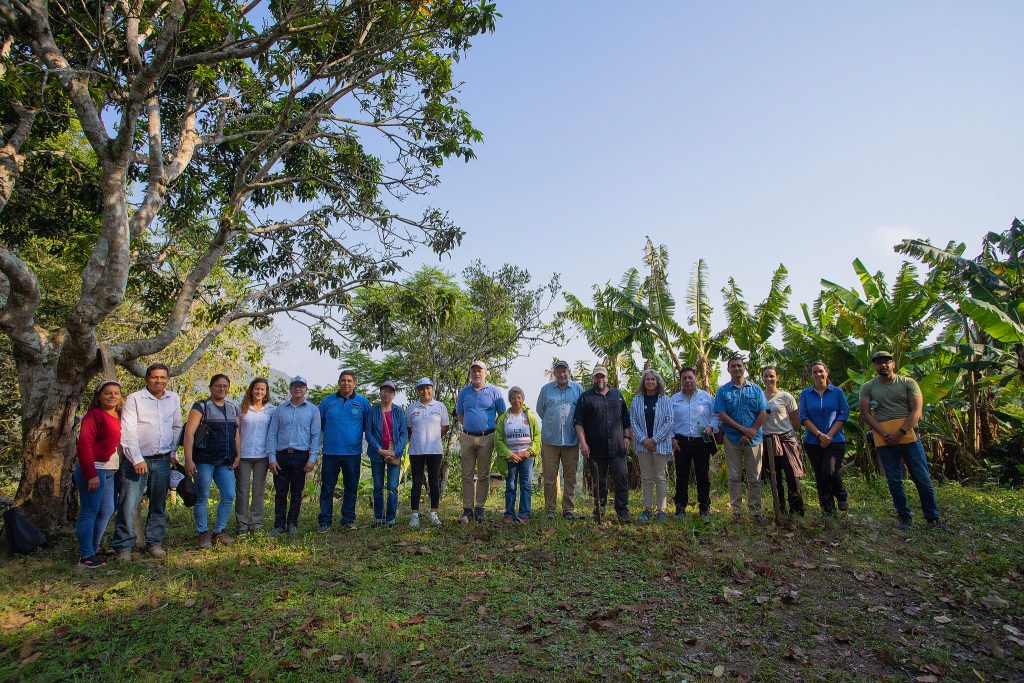
In the early 2000s, Moyobamba noticed a decline in water quality and availability that coincided with conversion of its source watershed’s rainforest into farmland. To protect Moyobamba’s water supply, the local water utility, local civil society leaders, and upstream communities began exploring potential solutions to this issue, and eventually local leaders from these diverse institutions formed a management committee. In tandem, German cooperation and US-based NGO RARE Conservation worked with local leaders to raise public awareness about the need for forest conservation in Moyobamba’s source watersheds and to carry out a study to evaluate willingness to pay.
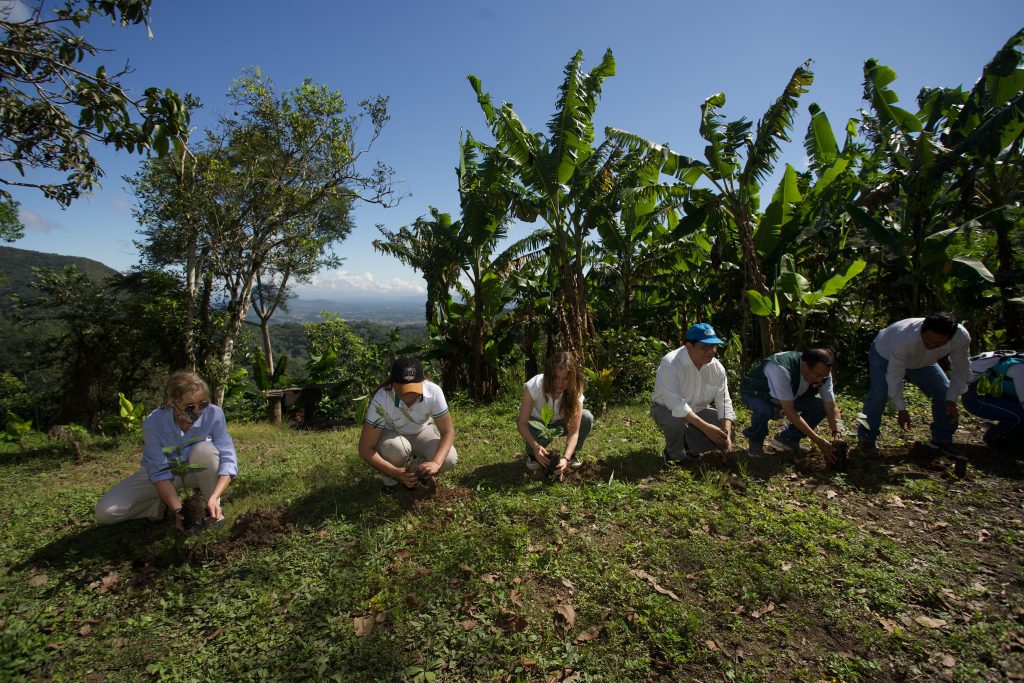
These efforts culminated in a proposal to allocate 1 Peruvian Sol (about $0.33) per household per month to watershed conservation, as part of the water bill paid by Moyobamba residents. Based on the significant public support for the bill, in 2007 Peru’s national water utility regulator, SUNASS, approved the new tariff, which went to effect two years later. [5] [6] With the tariff approved, the management committee began negotiating conservation agreements with upstream land users and working with the water utility and the regional government to prepare the first investment project that would channel funds from the new tariff for watershed conservation. In the years to follow, that seed fund would help to conserve and restore critical montane rainforest, begin to improve the quality and reliability of Moyobamba’s water supply, and establish and train the first beekeepers’ association in local communities that would serve as a cornerstone of future sustainable development.
Early, locally driven NBS projects like this one in Moyobamba built the initial experience, confidence, relationships, and momentum necessary to enable more comprehensive change in the water sector. They acted as critical references for policymakers, technical specialists, and project developers seeking to understand and incorporate new concepts related to NBS. However, some important legal ambiguities remained, and so before transformation could occur at the national or sectoral scales, the legal framework required a few key adjustments.
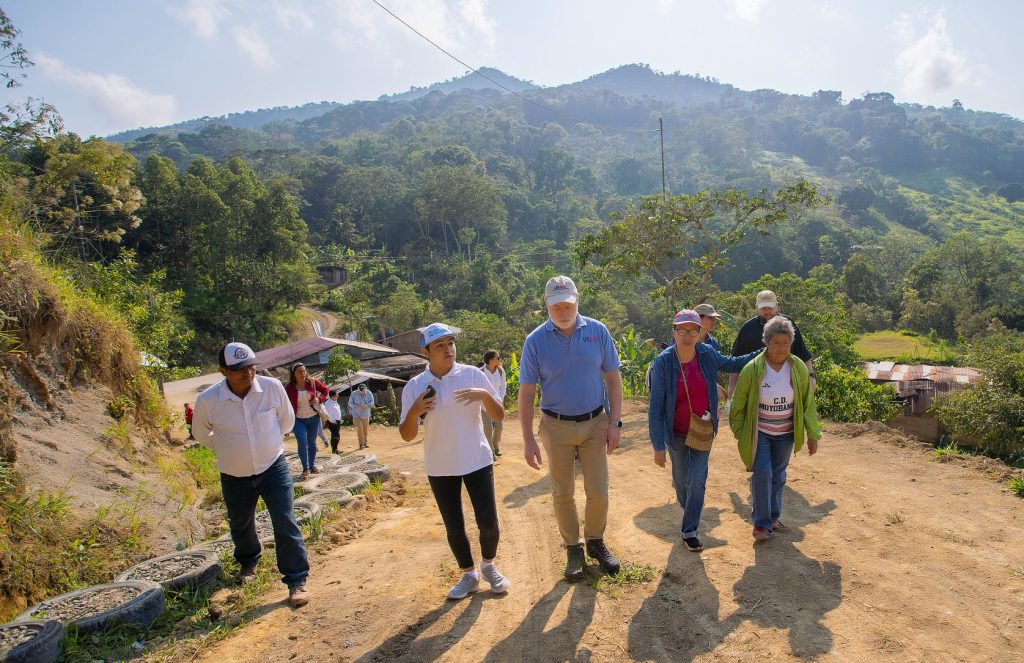
Through national policy changes, Peru built on early pilots to begin to mainstream nature as a key tool for water management.
As local efforts matured, champions of NBS within the Ministry of Environment (MINAM), SUNASS, and civil society began leveraging early experiences like Moyobamba’s to support national level action. Our Forest Trends team was deeply involved in this process, through the Ecosystem Services Incubator we established with MINAM in 2012, with our partners EcoDecision and the Consortium for the Sustainable Development of the Andean Ecoregion (CONDESAN). From 2012-2016, the Incubator was instrumental in advancing watershed investments by providing policy and regulatory support, fostering cross-sectoral collaborations, and providing targeted technical support for the planning, design, and replication of watershed investments.[7] We also produced some of the first quantified estimates of cost-effectiveness of NBS for water in Peru to support decisions to allocate tariff funds.[8] Some of the most enduring results from this period were several critical legal and regulatory changes that laid the groundwork for mainstreaming NBS in Peru’s public investment system and drinking water sector.[9]
- In 2013, a small but powerful provision was included in the Modernization of Sanitation Services Law that explicitly stated that water utilities should invest in watershed conservation and that SUNASS should work with water utilities to ensure due consideration of such investments in their master plans. This provision, proposed by SUNASS, formalized the state’s position that water utilities should be engaged in watershed conservation and initiated an ongoing process to assign funds collected from water users for watershed conservation.
- In 2014, MINAM passed the Law on Compensation for Ecosystem Services Mechanisms (MERESE in Spanish). This law created a new kind of financing mechanism for ecosystem conservation, restoration, and sustainable management, based in voluntary agreements between retribuyentes (downstream payers) and contribuyentes (upstream stewards). While MERESE can be implemented by public or private entities, the passage of the law gave license to channel public funds through these novel mechanisms.
- In 2015, the Ministry of Economy and Finance (MEF) and MINAM published new guidelines for the development of public investment projects for ecosystem services. Crucially, these guidelines allowed the public investment system in Peru to see nature as a worthy asset to invest in based on the benefits provided by nature to people.
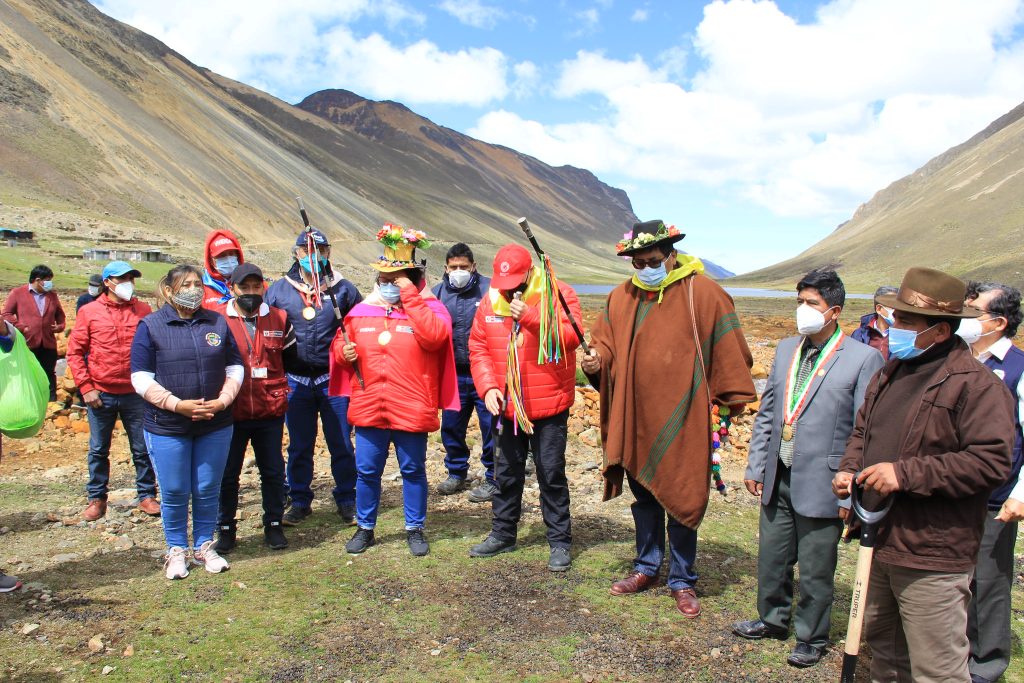
Following these key regulatory changes, close collaboration between MINAM, SUNASS, and civil society contributed to building the foundational technical tools and capacities needed to begin rolling out MERESE tariffs with water utilities across the country. As a result, NBS began to be mainstreamed in Peru’s water sector. Since the first water tariff for NBS was approved in Moyobamba in 2007, now 43 out of Peru’s 50 water utilities have adopted MERESE tariffs, which are collectively raising over USD 50 million for watershed conservation.[10] This includes over USD 25 million committed in 2015 by Peru’s largest water utility, SEDAPAL, which serves Peru’s capital city, Lima—the greatest financial commitment to date for nature-based solutions by any water utility in Latin America.[11]
Additionally, the years immediately after these important regulatory changes saw new funding for NBS from more traditional public sources, like regional (subnational) governments. In the five years after the 2015 guidelines were approved that allowed the public investment system could “see” nature as infrastructure, investments in NBS for water in Peru increased 13x. [12] Whereas finance for natural water infrastructure had been limited and dominated by international cooperation agencies before 2014, after 2014 the Peruvian public sector has made up over 80% of the funding, led by subnational governments.[13]
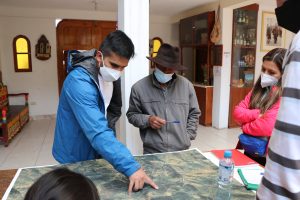
In this way, the 2010s saw extraordinary, systemic transformations in Peru’s public investment system and water sector in favor of NBS. The latter part of that decade also started to see some growing pains: for example, despite significant new funding allocated for NBS by the water sector through the MERESE tariffs, most of the utilities that have adopted MERESE tariffs have yet to start executing those funds.[14] Existing projects didn’t necessarily meet the interests or technical requirements for utilities to invest – there was a huge gap between funding available and investible projects. And developing new projects took time, resources, and capacities that were not in place – most of the public funding raised for NBS is channeled through public investment projects that take on average 7 years from idea to implementation and require significant specialized knowledge and capacity to manage, develop, and evaluate.
Moreover, the quality and results of investments that were reaching the ground in this period varied widely – our analysis found that
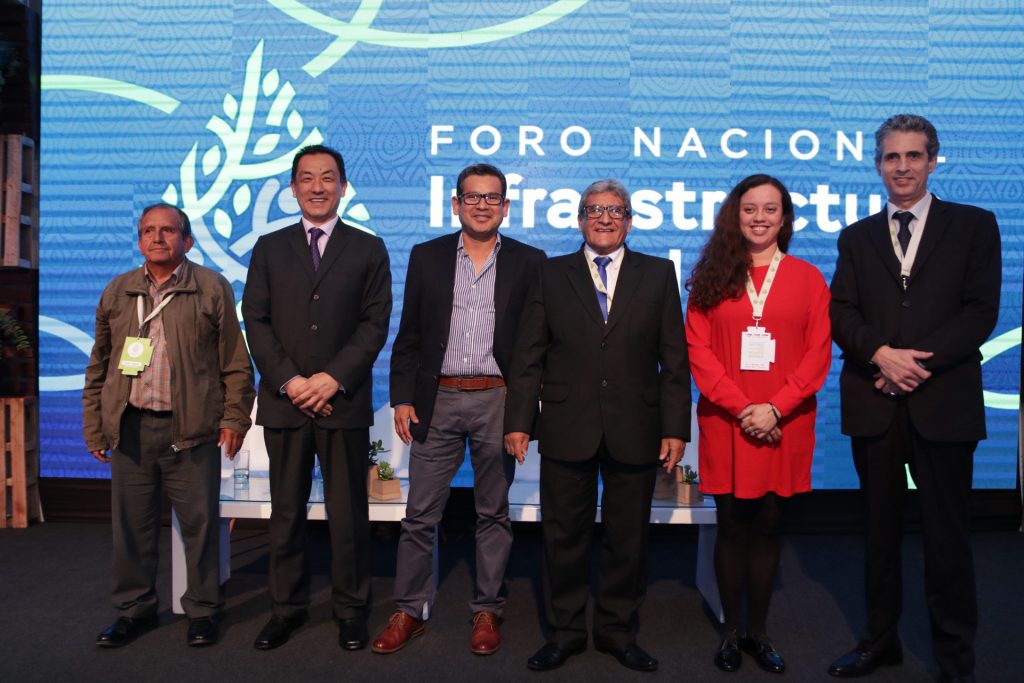
most projects did not include quantified estimates of expected water benefits, most lacked hydrological monitoring to evaluate water benefits, and none included an explicit gender approach.[15] Thus, to realize the promise of the beginning of Peru’s journey to scaling NBS, the country needed a robust pipeline of well-designed projects; a critical mass of capacities and information to design and manage effective, equitable projects; the appropriate guidance, tools, and quality control standards to support consistency in scaling; and continued improvements to the regulatory and institutional framework to support equitable and effective NBS for the long run.
With more of its “scaffolding for scale” in place, Peru is now poised to scale up NBS for water security and climate resilience to the next order of magnitude.
In December 2017, USAID and the Government of Canada began a major $27.5 million initiative to build on Peru’s advances through the Natural Infrastructure for Water Security (NIWS) project. The NIWS project is led by Forest Trends together with CONDESAN, the Peruvian Society for Environmental Law (SPDA), EcoDecision, and Imperial College London. Since 2017, NIWS has been working to make Peru’s vision a reality, bridging the critical gap between policy and implementation by addressing obstacles and gaps along the way with Peruvian leaders and stakeholders, towards a more equitable and water secure future.
Over the last 5 years, NIWS has partnered with dozens of public agencies, water utilities, communities, companies, universities, and civil society organizations, and these are some of the results to date:
- A robust portfolio of over 60 NBS projects valued at over USD 300 million is in development with local funders and communities. 80% of the projects supported by NIWS are in the final stages of design and approval, and we expect implementation to start in the next couple of years. Seven projects developed with NIWS’ support are already in implementation. Over 240 local communities are involved across this portfolio.
- Increased public and political awareness of the positive role nature plays in helping to manage water and climate risks, as well as greater clarity for decision-makers on the water benefits of natural infrastructure interventions & traditional practices generated through a series of systematic reviews of the scientific literature.
- Institutional commitments to mainstream NBS into new , like disaster risk management through Peru’s Reconstrucción Con Cambios program, and through agricultural extension programs implemented by the Ministry of Agriculture. Additionally, significant new institutional commitments and policies to increase equity in NBS and water management, including new initiatives policies in implementation by SUNASS, ANA, and MINAM.
- A suite of tools & guidance in use by over 700 practitioners, such as engineers, regional government employees, and water managers from community to regional levels, to develop NBS at scale—including for prioritizing intervention areas, quantifying and monitoring the water benefits of NBS, and designing effective, equitable and sustainable NBS interventions.
- Strengthened capacities in over 5,000 people to develop, manage, monitor & communicate NBS investments for water security, and a Community of Practice of project developers and evaluators actively learning from each other.
- Over 100 women leaders have been recognized, strengthened, and connected through a network developed via our Leadership Program for Women in Water Management, and are catalyzing changes for equitable NBS from their organizations and communities.
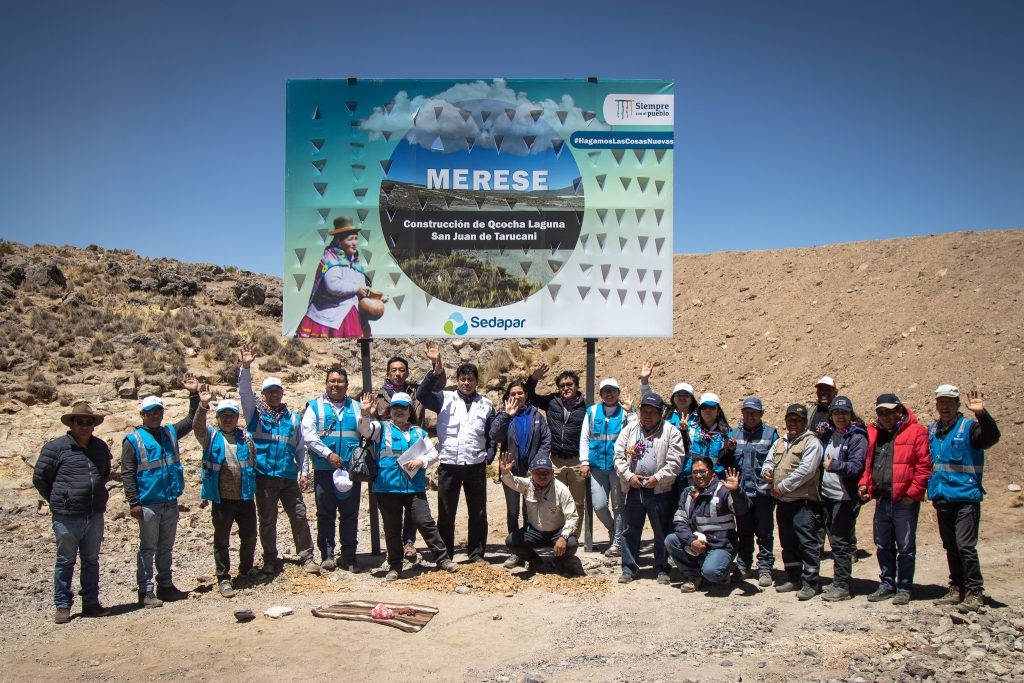
We think about these pieces as the structural support needed to bring the remarkable policies and financial commitments that were established in 2010s into reality at scale in the 2020s. The path ahead is surely still filled with new lessons and innovation, but with these pieces now sufficiently in place, Peru is poised for a new wave of investment in NBS at significantly larger scale.
As NBS are increasingly recognized as a critical part of managing today’s water and climate risks, other leaders can look to Peru’s experience bringing these solutions to scale. And as we enter the next chapter of Forest Trends’ contribution to this effort, we look forward to sharing the strategies, lessons, and tools that are our main takeaways from this rich experience.
[1] Forest Trends. 2021. Opening the Tap: State of Finance for Natural Infrastructure for Water Security in Peru, 2021. p. 8. https://www.forest-trends.org/wp-content/uploads/2022/02/Opening-the-Tap-State-of-Finance-for-Natural-Infrastructure-for-Water-Security-in-Peru-2021_v2.pdf
[2] SUNASS. 2022. BOLETÍN ESTADÍSTICO Sunass en cifras: Enero-Marzo 2022. P. 5-6. https://cdn.www.gob.pe/uploads/document/file/3205397/Sunass-en-cifras-5-1.pdf.pdf?v=1654384733
[3] Forest Trends. 2021. Opening the Tap: State of Finance for Natural Infrastructure for Water Security in Peru, 2021. p. 8. https://www.forest-trends.org/wp-content/uploads/2022/02/Opening-the-Tap-State-of-Finance-for-Natural-Infrastructure-for-Water-Security-in-Peru-2021_v2.pdf
[4] The following history of the Moyobamba MERESE program is adapted from: Coxon et al. 2021. Chapter 11: Mobilizing funding for nature-based solutions: Peru’s drinking water tariff. Nature-based Solutions for Water Security: An Action Agenda for the 21st Century. Elsevier. Eds. Cassin J, Matthews, JH, Lopez Gunn, E.
[5] SUNASS. 2007. Aprueban fórmulas tarifarias, estructuras tarifarias y metas de gestión de la EPS Moyobamba S.R.Ltda. para el próximo quinquenio. Resolucion de Consejo Directico No. 080-2007-SUNASS-CD, Lima: SUNASS. http://www.sunass.gob.pe/doc/normas%20legales/2007/re80_07cd.pdf.
[6] León F, Renner I. 2012. Conservation of water sources in Moyobamba: a brief review of the first experience in payments for environmental services in Peru. Mt Forum Bull 2010;X(1).
[7] p.249. Coxon et al. 2021. Chapter 11: Mobilizing funding for nature-based solutions: Peru’s drinking water tariff. Nature-based Solutions for Water Security: An Action Agenda for the 21st Century. Elsevier. Eds. Cassin J, Matthews, JH, Lopez Gunn, E.
[8] Gammie, G. and De Bievre, B. 2015. Assessing Green Interventions for the Water Supply of Lima, Peru. Forest Trends. https://www.forest-trends.org/publications/assessing-green-interventions-for-the-water-supply-of-lima-peru/
[9] This summary is based on analysis presented in Gammie and Benites (2021), pages 18-19.
Forest Trends. 2021. Opening the Tap: State of Finance for Natural Infrastructure for Water Security in Peru, 2021. https://www.forest-trends.org/wp-content/uploads/2022/02/Opening-the-Tap-State-of-Finance-for-Natural-Infrastructure-for-Water-Security-in-Peru-2021_v2.pdf
[10] SUNASS. 2022. BOLETÍN ESTADÍSTICO Sunass en cifras: Enero-Marzo 2022. P. 5-6. https://cdn.www.gob.pe/uploads/document/file/3205397/Sunass-en-cifras-5-1.pdf.pdf?v=1654384733
[11] Coxon et al. 2021. “Chapter 11: Mobilizing funding for nature-based solutions: Peru’s drinking water tariff.” Nature-based Solutions for Water Security: An Action Agenda for the 21st Century. Elsevier. Eds. Cassin J, Matthews, JH, Lopez Gunn, E.
[12] Forest Trends. 2021. Opening the Tap: State of Finance for Natural Infrastructure for Water Security in Peru, 2021. p. 8. https://www.forest-trends.org/wp-content/uploads/2022/02/Opening-the-Tap-State-of-Finance-for-Natural-Infrastructure-for-Water-Security-in-Peru-2021_v2.pdf
[13] ibid.
[14] SUNASS. 2022. BOLETÍN ESTADÍSTICO Sunass en cifras: Enero-Marzo 2022. P. 5-6. https://cdn.www.gob.pe/uploads/document/file/3205397/Sunass-en-cifras-5-1.pdf.pdf?v=1654384733
[15] Forest Trends. 2021. Opening the Tap: State of Finance for Natural Infrastructure for Water Security in Peru, 2021. p. 8. https://www.forest-trends.org/wp-content/uploads/2022/02/Opening-the-Tap-State-of-Finance-for-Natural-Infrastructure-for-Water-Security-in-Peru-2021_v2.pdf
Viewpoints showcases expert analysis and commentary from the Forest Trends team.
Connect with us on Facebook and Twitter to follow our latest work.
